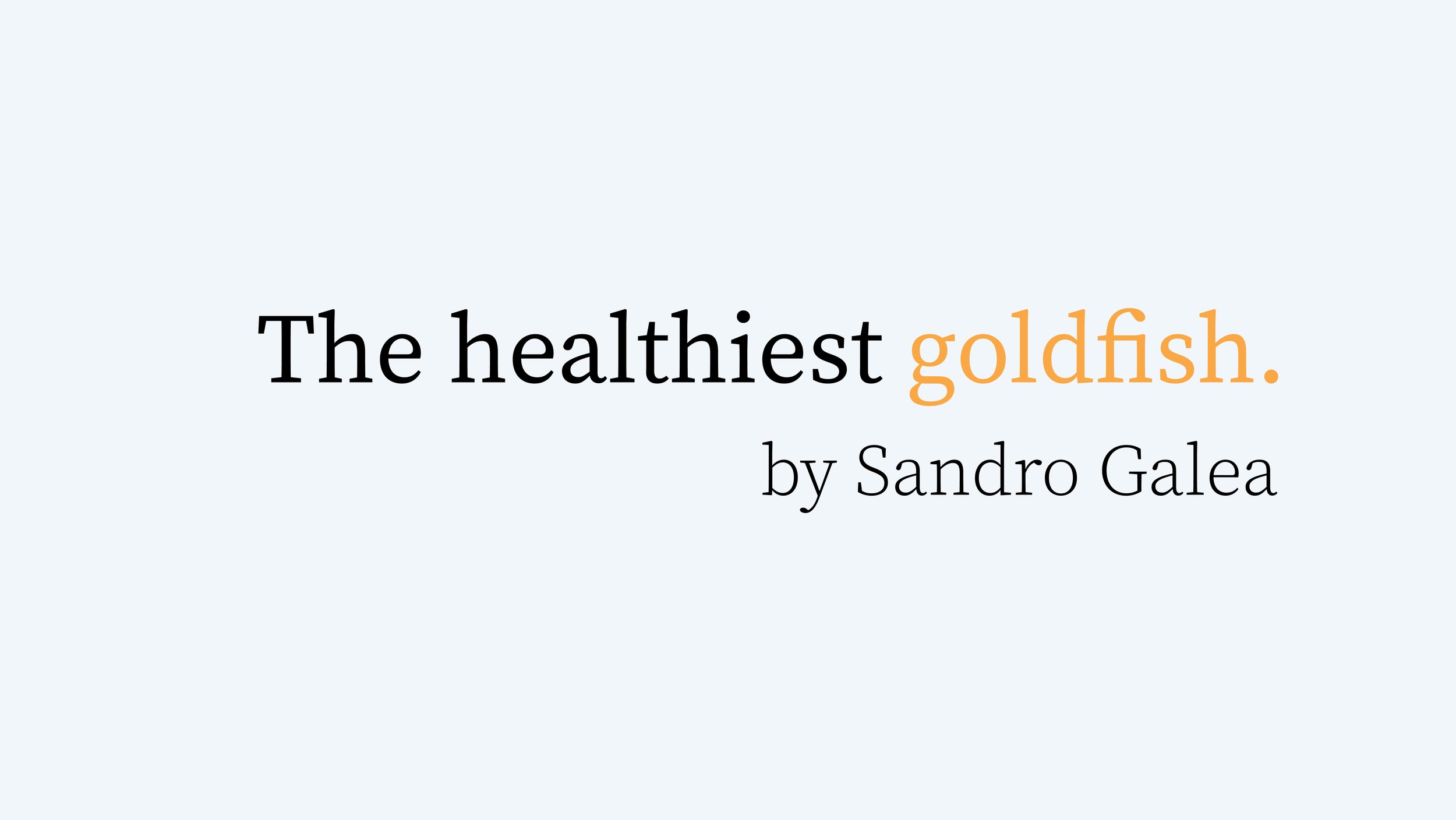On the misalignment of values that can cause the public to reject our efforts.
When we understand that the health of populations is shaped, in large part, by the world around us, it becomes clear that our work is to create a world that generates health. Concretely this means a world with less violence, safe water to drink, clean air to breathe. Creating such a world requires the promotion of a radical vision of the right way to create health and commensurate efforts to discourage approaches that harm health. Reduced to its core element this becomes work that is engaged with a fundamental conflict between right and wrong.
How do we determine what we consider to be right? In large part that emerges from the empirical foundation of population health science that should be core to all we do. But, data alone cannot tell us everything about which actions to take. Our choices about what is best for the health of populations should be shaped by a balance between our data and our values. This pushes us then to ask: what are the values we embrace in public health and adjacent fields that take as their core goal the creation of a healthier world? Through this recent set of essays on shaping a new practical philosophy of health I have been hoping to support a process of reflection about this question. But, of interest today, and just as importantly, what should we do when our values are challenged, even forcefully rejected, by the populations we aim to serve?
Read more here.
